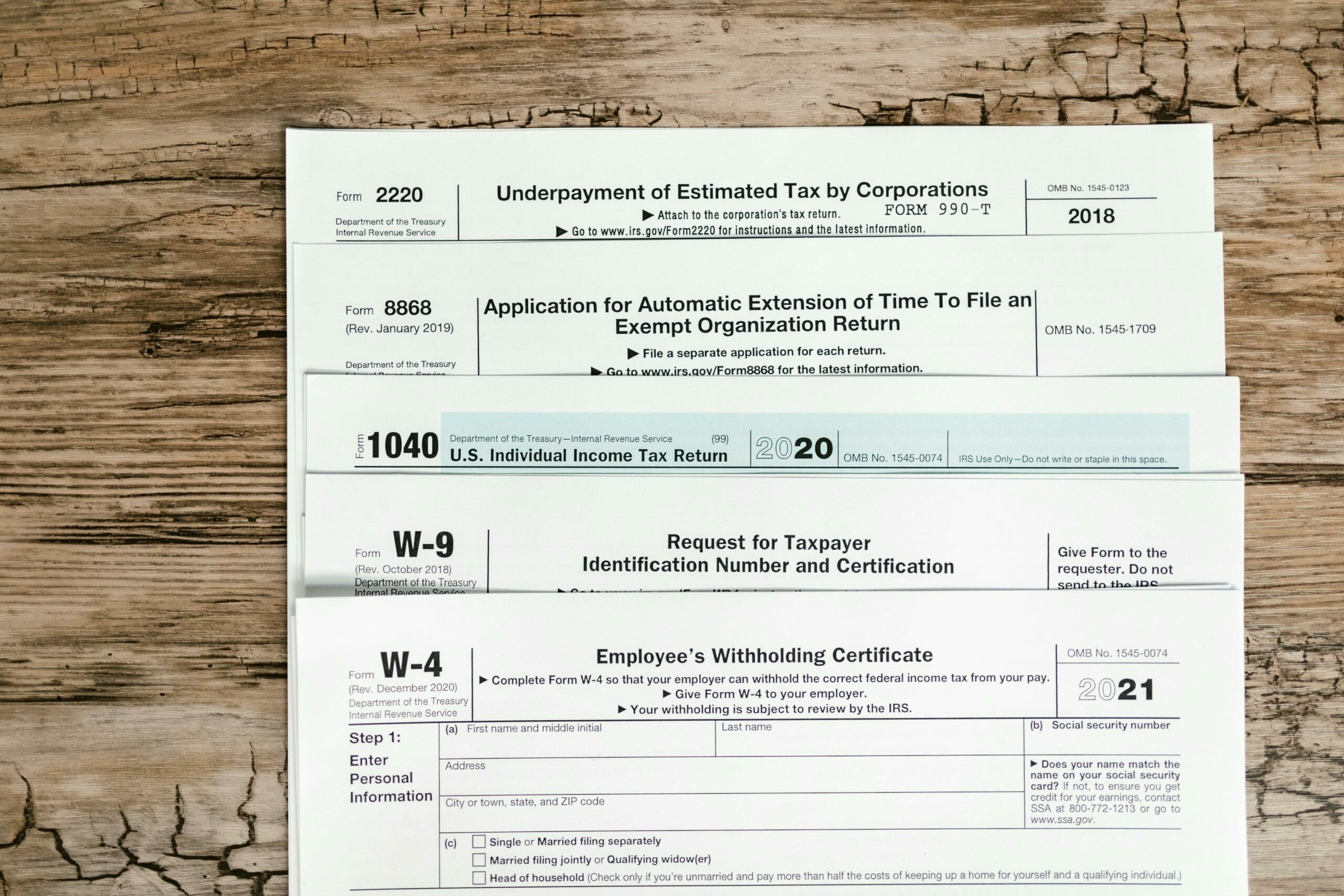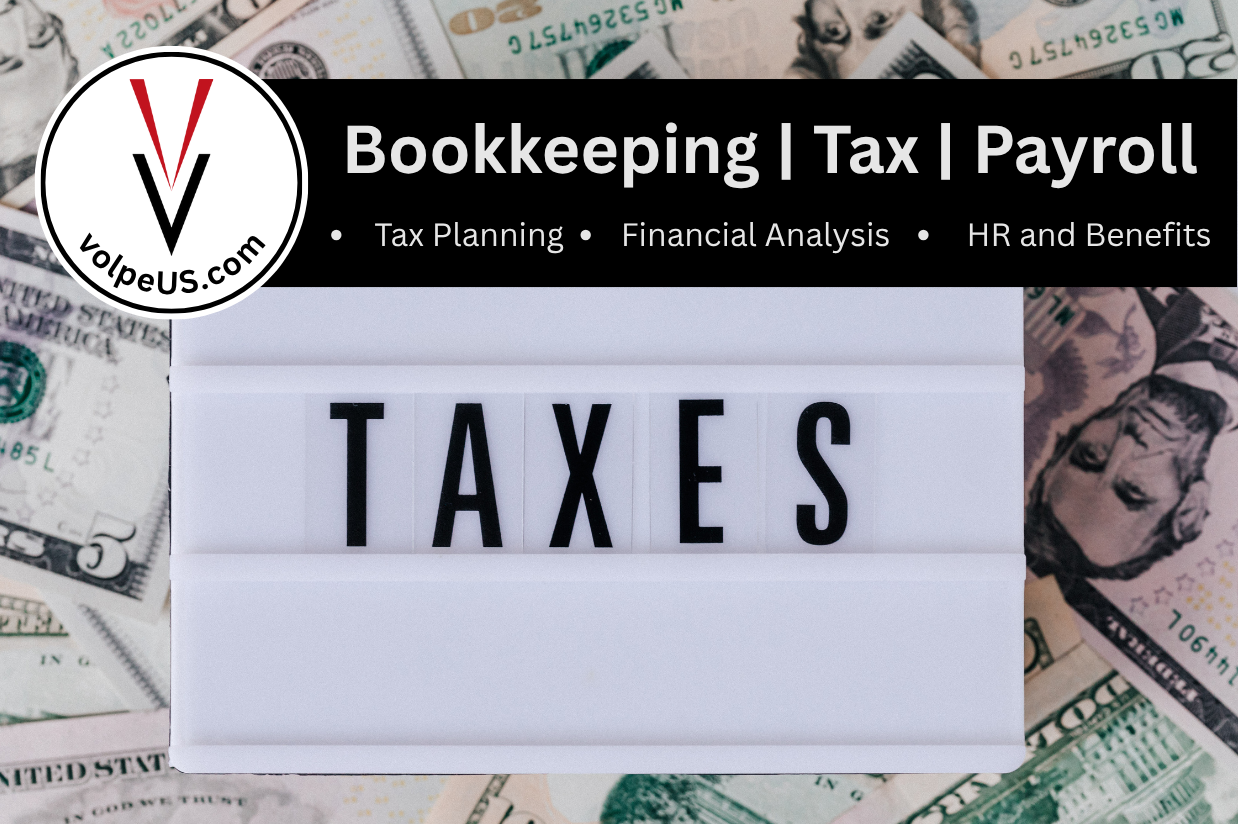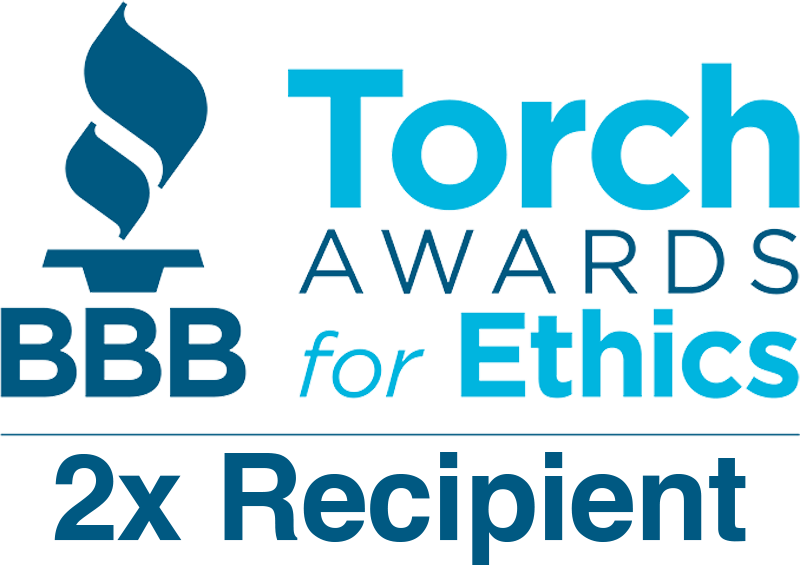Jump to a Specific Section
Payroll Taxes: A Guide for Small Business Owners and Employees
Payroll taxes are a critical aspect of managing a business and earning a wage. They fund mandatory government spending programs and other services, but they can often be confusing to understand and administer. This guide aims to demystify payroll taxes by explaining the various components, who pays what, and how to manage these taxes efficiently.
What Are Payroll Taxes?
As an accounting firm in St. Louis, questions about payroll and payroll taxes are some of the most common we hear from clients to whom we provide our small business payroll services.
Payroll taxes are taxes imposed on employers and employees, calculated as a percentage of the wages paid to employees. These taxes fund various social welfare programs, including Social Security, Medicare, and unemployment insurance. They are distinct from and in addition to personal income taxes, which employees also pay on their earnings.

The Types of Payroll Taxes
Social Security Tax
- Rate: 12.4% of an employee’s wages, split evenly between employer and employee (6.2% each).
- Maximum: The taxable wage maximum is up to $168,600 in 2024. Wages earned above the taxable maximum within the current calendar year are not subject to Social Security Tax. The taxable wage cap resets and usually increases every calendar year.
- Purpose: Funds the Social Security program, providing retirement, disability, and survivor benefits.
- Who Pays: Both employer and employee.
- Established: 1935 Social Security Act under President Franklin D. Roosevelt’s New Deal.
- Purpose: Created to provide financial assistance to the elderly, unemployed, and disadvantaged.
- Significance: The Social Security Act established a social insurance program to ensure a basic level of income for retired workers and their families.
Medicare Tax
- Rate: 2.9% of an employee’s wages, split evenly between employer and employee (1.45% each).
- Maximum: There is no wage cap on Medicare-taxable wages. On the contrary, an additional 0.9% is imposed on employees earning over $200,000 (single) or $250,000 (married filing jointly). Employers do not pay this additional 0.9%—only employees earning higher than the annual threshold are subject to the Additional Medicare Tax.
- Purpose: Funds the Medicare program, which provides health insurance for people over 65 and certain younger individuals with disabilities.
- Who Pays: Both employer and employee.
- Established: 1965 Medicare and Medicaid Act as part of the Social Security Amendments under President Lyndon B. Johnson.
- Purpose: Designed to provide health insurance for individuals aged 65 and older, regardless of income or medical history.
- Significance: Medicare addressed the issue of healthcare costs for seniors, providing them with access to medical services and hospital care.

Federal Unemployment Tax Act (FUTA)
- Rate: 6% on the first $7,000 of each employee’s wages. Employers can receive a credit of up to 5.4% for state unemployment taxes (SUTA) paid, making the effective FUTA rate 0.6%.
- Purpose: Funds state unemployment agencies and provides unemployment benefits.
- Who Pays: Employer only.
- Established: Federal Unemployment Tax Act of 1939 as part of the Social Security Amendments.
- Purpose: Created to fund state workforce agencies and provide payments to workers who have lost their jobs.
- Significance: The act aimed to stabilize the economy by providing temporary financial assistance to unemployed workers, thus supporting consumer spending during economic downturns.
State Unemployment Taxes (SUTA)
- Rate: Varies by state.
- Purpose: Funds state unemployment programs.
- Who Pays: Employer only.
- Established: Varies by state, with most states enacting unemployment insurance laws in the 1930s following the federal Social Security Act.
- Purpose: Funded by state taxes on employers to provide unemployment benefits to eligible workers.
- Significance: These taxes ensure a state-level safety net for unemployed workers, helping them transition between jobs and reducing the impact of economic fluctuations on households.
Additional Payroll Taxes
- Local Taxes: Some local jurisdictions may impose additional payroll taxes.
- Disability Insurance (where applicable): Certain states, like California, have mandatory disability insurance taxes.
Self-Employment Taxes
- Rate: 15.3% of net earnings from self-employment (12.4% for Social Security and 2.9% for Medicare).
- Self-Employed: Pay the full 15.3% themselves but can deduct the employer-equivalent portion (7.65%) when calculating their adjusted gross income.
- The 7.65% employer portion is considered a business expense when calculating taxable income.
Self-Employment Taxes vs Payroll Taxes:
- Self-employment tax effectively combines both the employee and employer portions of Social Security and Medicare taxes.
- While employees have these taxes withheld from their wages and matched by their employers, self-employed individuals are responsible for the entire amount themselves.
For self-employed individuals, the equivalent of payroll taxes is self-employment tax. This tax combines the employee and employer portions of Social Security and Medicare taxes.
Filing and Paying Payroll Taxes

For Employers Filing Payroll Taxes:
- Calculate Withholdings: Use IRS guidelines and state requirements to calculate payroll tax withholdings. Utilize tools like the IRS withholding calculator or payroll software to ensure accuracy.
- Deposit Taxes: Federal taxes must be deposited according to a schedule (monthly or semi-weekly). Use the Electronic Federal Tax Payment System (EFTPS) for federal taxes and your state’s system for state taxes.
- File Forms:
- Quarterly: File Form 941, Employer’s Quarterly Federal Tax Return, to report Social Security, Medicare, and income taxes withheld.
- Annually: File Form 940, Employer’s Annual Federal Unemployment (FUTA) Tax Return.
- State Forms: File state-specific unemployment tax forms.
For Self-Employed Individuals Filing Payroll Taxes:
- Estimate Quarterly Taxes: Calculate estimated taxes using IRS Form 1040-ES, including self-employment tax.
- Make Quarterly Payments: Pay estimated taxes quarterly to the IRS and state tax authorities.
- Annual Filing: File Form 1040 with Schedule SE to report self-employment income and calculate self-employment tax.
For Employees Receiving Payroll:
- Form W-4: Complete Form W-4 to determine the amount of federal income tax to withhold from their paychecks.
- State Tax Forms: Complete state withholding forms as required.
Related: What are income taxes?
Recording Payroll Taxes in Accounting Software
Accurate recording of payroll taxes is crucial for financial reporting and compliance. Here’s how payroll taxes are typically recorded:
- Gross Wages: Record the total wages paid to employees as a debit to wage expenses.
- Liabilities: Create liability accounts for payroll taxes owed to the IRS and state agencies.
- Employee Withholdings: Record withholdings from gross wages for federal income tax, state income tax (if applicable), Social Security, and Medicare as a credit to their respective payroll liability accounts.
- Employer Contributions: Record the employer’s portion of Social Security, Medicare, FUTA, and SUTA as payroll expenses and as liabilities (adding to the amounts deducted from employees’ wages where there are employer matches).
- Payments: Record payments made to the IRS and state agencies, reducing the corresponding liability accounts (credit the checking account, and debit the liability accounts).
Most accounting software, like QuickBooks, provides payroll modules that automate these processes, ensuring accuracy and compliance.
Understanding Employer Payroll Taxes vs. Employee Income Taxes

An important distinction between payroll taxes and income taxes is that payroll taxes are taxes that an employer must pay alongside their employees. Examples include the Federal Insurance Contributions Act (FICA) taxes, which fund Social Security and Medicare, as well as the Federal Unemployment Tax Act (FUTA) and State Unemployment Tax Act (SUTA) taxes.
Income taxes, on the other hand, are imposed directly upon employees for the total wages they earn over the course of the year. This includes federal income tax (FIT) and state income tax (SIT).
Payroll taxes shared between employers and employees typically fund specific programs, such as Social Security and Medicare. In contrast, income taxes imposed on income earners are collected by the United States Treasury and state departments of revenue and deposited into the general fund. These funds are then spent on various expenditures as determined by the government.
Payroll taxes and income taxes are often conflated because employers are required to withhold employees’ income taxes per paycheck and remit them to the government on the employees’ behalf throughout the year. This is the purpose of the Tax Withholding System.
Employees use Form W-4 to choose how much to allow to be withheld from each paycheck, but if an employee hasn’t paid enough income tax throughout the year by the time they file their personal income tax return, they could incur penalties.
Employer Payroll Taxes:
- Definition: Taxes that employers must pay based on the wages of their employees.
- Includes: Employer’s portion of Social Security and Medicare, FUTA, and SUTA.
- Responsibility: Paid entirely by the employer and not deducted from employee wages.
Employee Payroll Taxes:
- Definition: Taxes that employees must pay based on their wages.
- Includes: Employee’s portion of Social Security and Medicare.
- Responsibility: Paid by the employee and deducted from employee wages.
Employee Income Taxes:
- Definition: Additional taxes that employees must pay on their earnings.
- Includes: Federal and state (if applicable) income tax, other local income taxes (if applicable).
- Responsibility: Withheld from employee wages by the employer and remitted to the IRS and state tax authorities.
Related: The Best Tax Credits for Small Businesses
Payroll Resources and Tips for Employees and Small Business Owners
Understanding payroll taxes is essential for both small business owners and employees. Employers must ensure they correctly calculate, withhold, deposit, and report these taxes to stay compliant and avoid penalties. Self-employed individuals need to manage their tax obligations by calculating and paying self-employment tax. Employees should understand their paychecks, how taxes are withheld, and what forms they need to complete.
By staying informed and organized, small business owners can manage payroll taxes effectively, contributing to their overall financial health and compliance. Employees, in turn, can have peace of mind knowing their taxes are being handled correctly. Utilizing accounting software and professional services can greatly simplify payroll tax management, ensuring accuracy and compliance with tax laws.
All of this information may seem a bit overwhelming, but once you or the payroll services being provided by professionals is in place, you should be able to automate most of your tasks with relative ease. To close this article, we wanted to provide a few additional resources and tips for anybody still looking for answers.
Key Payroll Forms for Employees
- Form W-4: Determines the amount of federal income tax to be withheld from an employee’s paycheck.
- State Withholding Form: Similar to Form W-4, but for state income tax purposes (varies by state).
Practical Tips for Small Business Owners
- Stay Informed: Keep up-to-date with changes in tax laws and rates.
- Use Payroll Software: Automate payroll processing and tax calculations to reduce errors and save time.
- Hire a Professional: Consider hiring an accountant or using a payroll service to manage payroll taxes.
- Keep Records: Maintain accurate and detailed records of all payroll transactions and tax payments.















